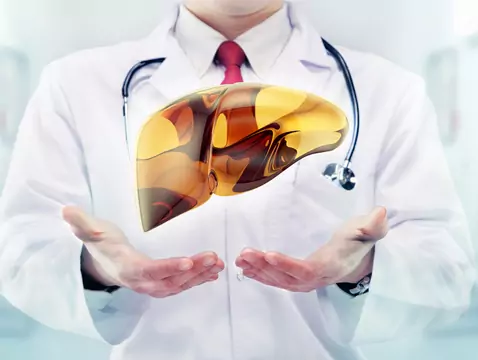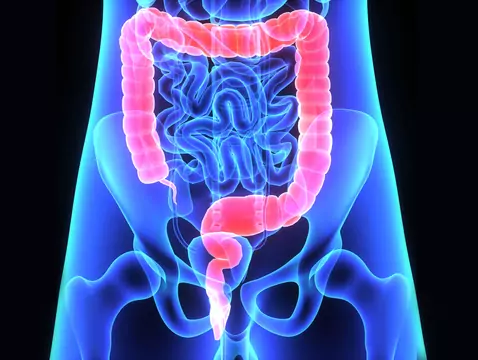Thyroid cancer can be either a well-prognosing papillary carcinoma or the far more aggressive anaplastic carcinoma. Both genetic predisposition and exposure to ionising radiation can favour malignant thyroid cancer. Possible symptoms of thyroid cancer include the appearance of a hard nodule within the gland. What other conditions may lead to the suspicion of thyroid cancer and what is the treatment of thyroid cancer?
Ad:









